Returning to school might be exciting for some kids, but it can be a challenging transition for those with sensory processing disorders. By incorporating various sensory tools and strategies into kids’ daily routine you can help create a supportive and inclusive environment. Think about what worked for your child during the summer months and consider carrying that forward into the school year. Our OTs are sharing some more suggestions for popular sensory tools to ease the transition.
1. Fidgets
Kids with excess energy or anxiety may find it difficult to sit still and engage in class. Choose a few quiet fidgets that they can use at their desk or on the bus to help them self-regulate. Engage their hands with small manipulatives like the Magnetic Puzzle Fidget or soothing visuals, such as the Gel Fidgets. These provide kids with sensory stimulation while allowing their minds to focus on the lesson.
Deep pressure input can help regulate a child’s sensory system. If a student has trouble paying attention in class, or appears very overwhelmed, try giving them a Wipe Clean Weighted Lap Pad to promote calm and focus. Keeping it on their lap ensures that it is more discreet for the child to use, especially if they need a lap pad with additional elements, such as the Busy FingersTM Fidget Lap Pad.
School can be very loud– there are many conversations and surrounding noises in the halls, cafeteria, at recess or during group activities. Kids with auditory sensitivities often struggle to filter out background noise. Wearing Noise Reduction Headphones is a great way to help them concentrate on their work without getting overwhelmed or distracted by ambient noise.
4. Visual Supports
There are many different types of learners. Incorporating visual aids can be a huge help in giving kids with sensory processing needs a greater sense of structure and predictability in school. Time Timers help kids understand expectations and manage their time more effectively. You can use cue cards like the Emoji Emotion Cards to empower students to discuss how they’re feeling or Visual Cards for Self-Calming to create a personalized sensory break schedule.
Oral stimulation may provide calming input to kids, so it’s important to have safe items for them to chew. Pencil Toppers are a convenient way to give students oral input while they’re doing classwork and may be less distracting. Another great option is Wearable Chews. Students are much less likely to lose them if they’re wearing the chewy, and it can be fun to choose a piece that matches their style/tastes.
Creating designated sensory corners within the school can be immensely beneficial for students. These small spaces allow kids to take sensory breaks throughout the day, without needing to leave the classroom. You can use Gel Floor Tiles to mark off the area. Include comfortable seating like the Squeezie Seat or Beanbag Chairs. The Classroom Break Box is another great option to make sure your students have the sensory support they need when transitioning to school.
By recognizing and accommodating their unique sensory needs, we can empower kids to thrive academically and emotionally, fostering a positive and successful educational experience.
Check out the rest of our classroom supports or speak to one of our dedicated designers to style your perfect sensory corner.
This post was originally posted on 09/13/2019 by Fun & Function Therapists. It was updated for accuracy and comprehensiveness by Rivkie Berger, OTR/L on 07/30/2023.






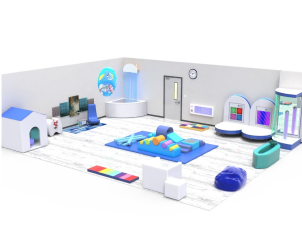







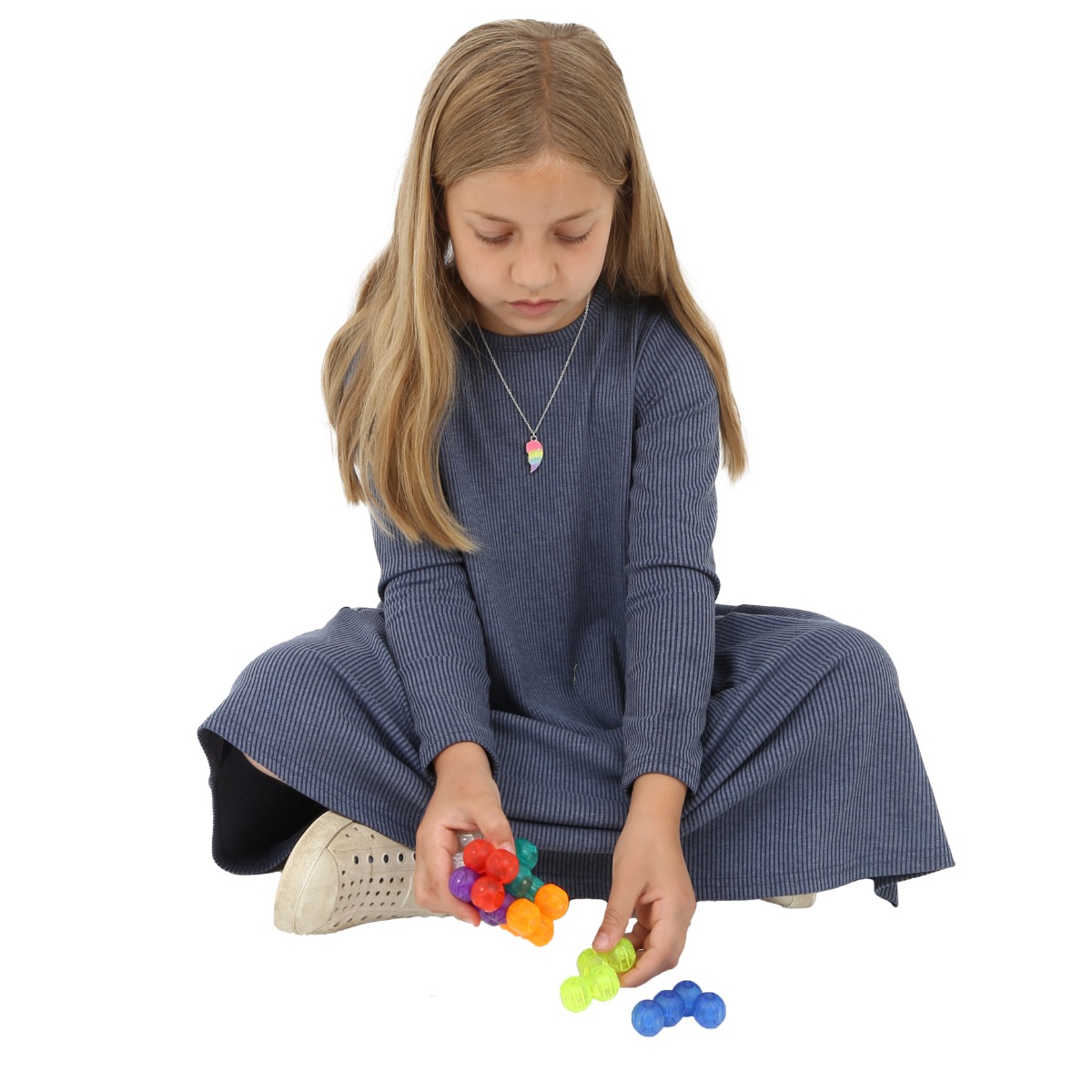
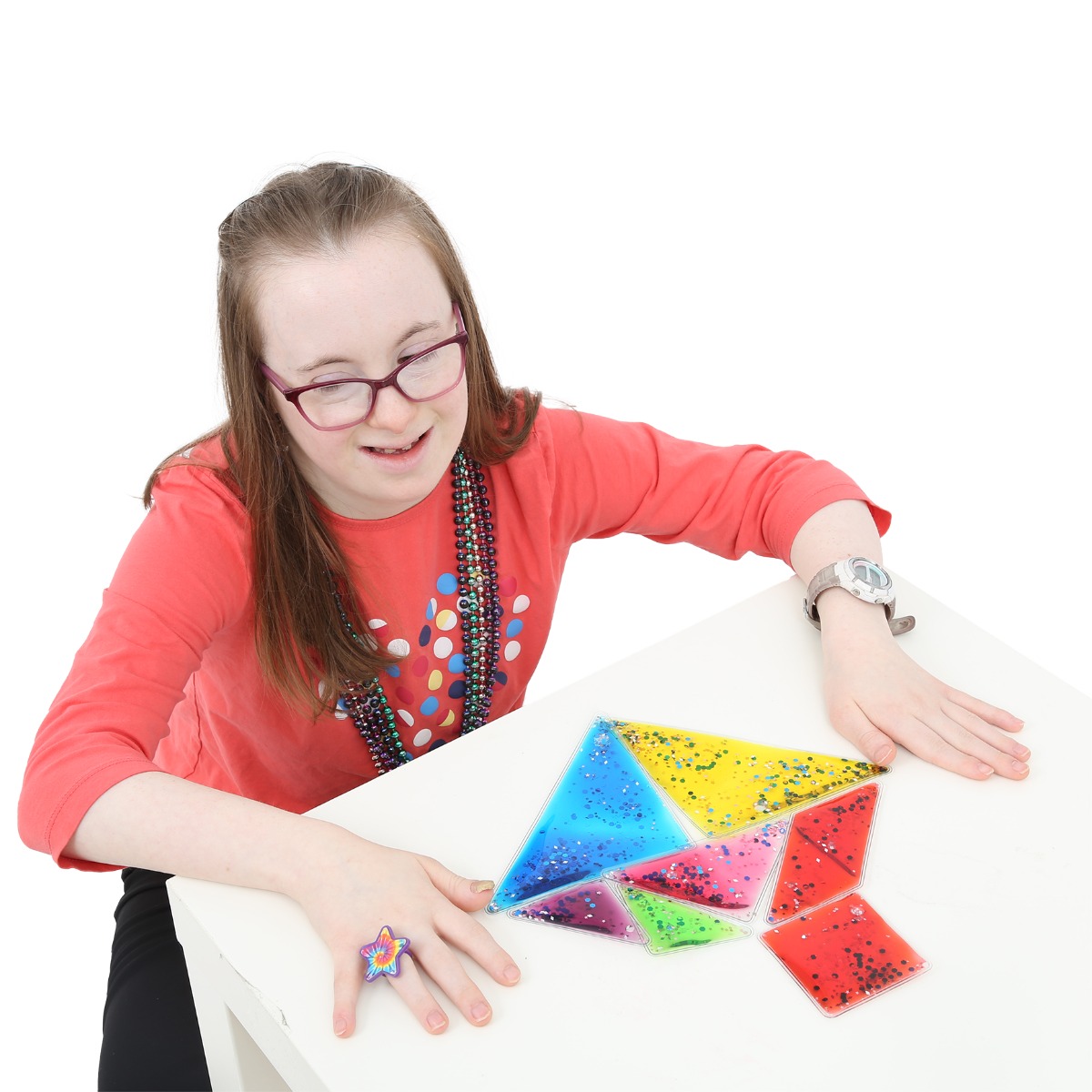
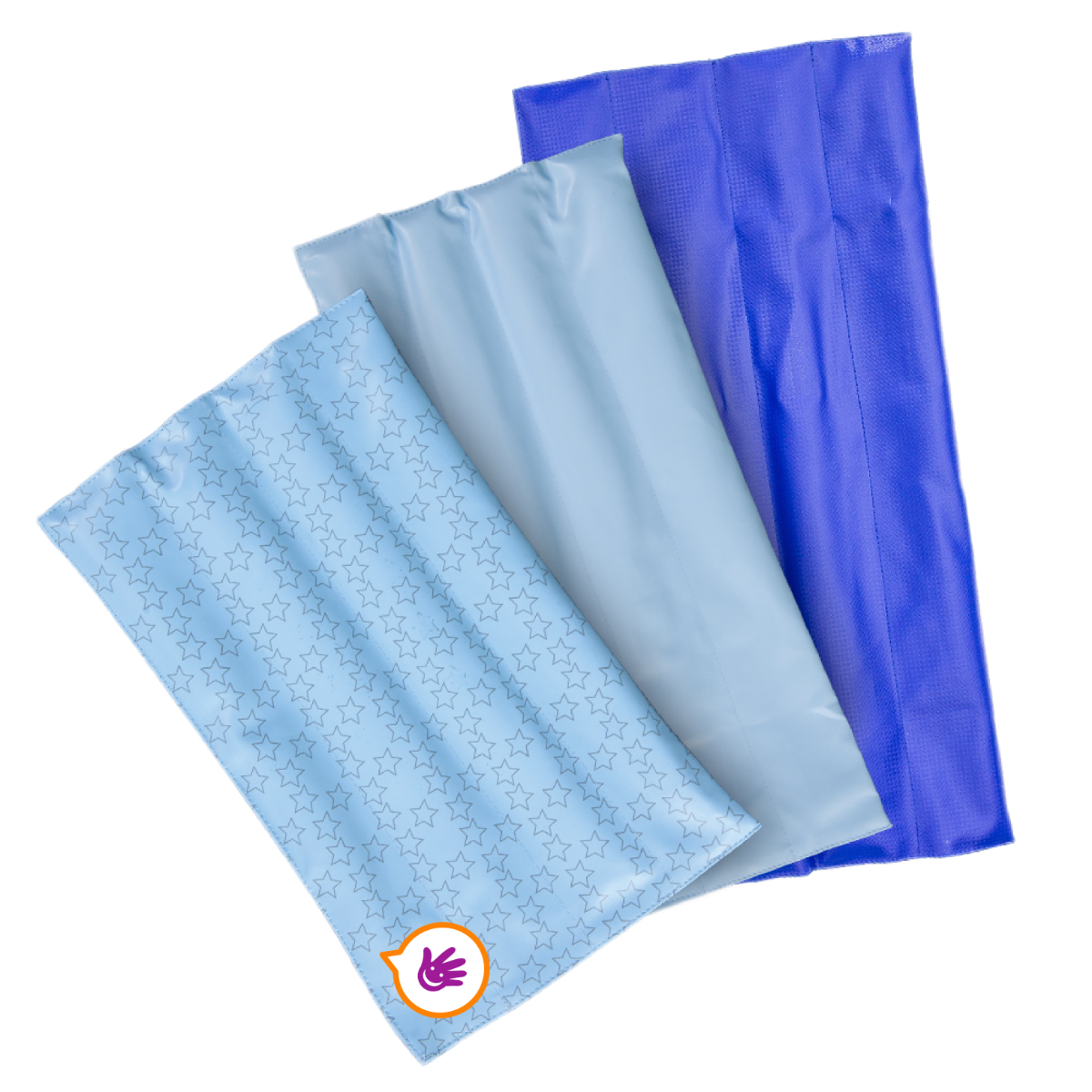
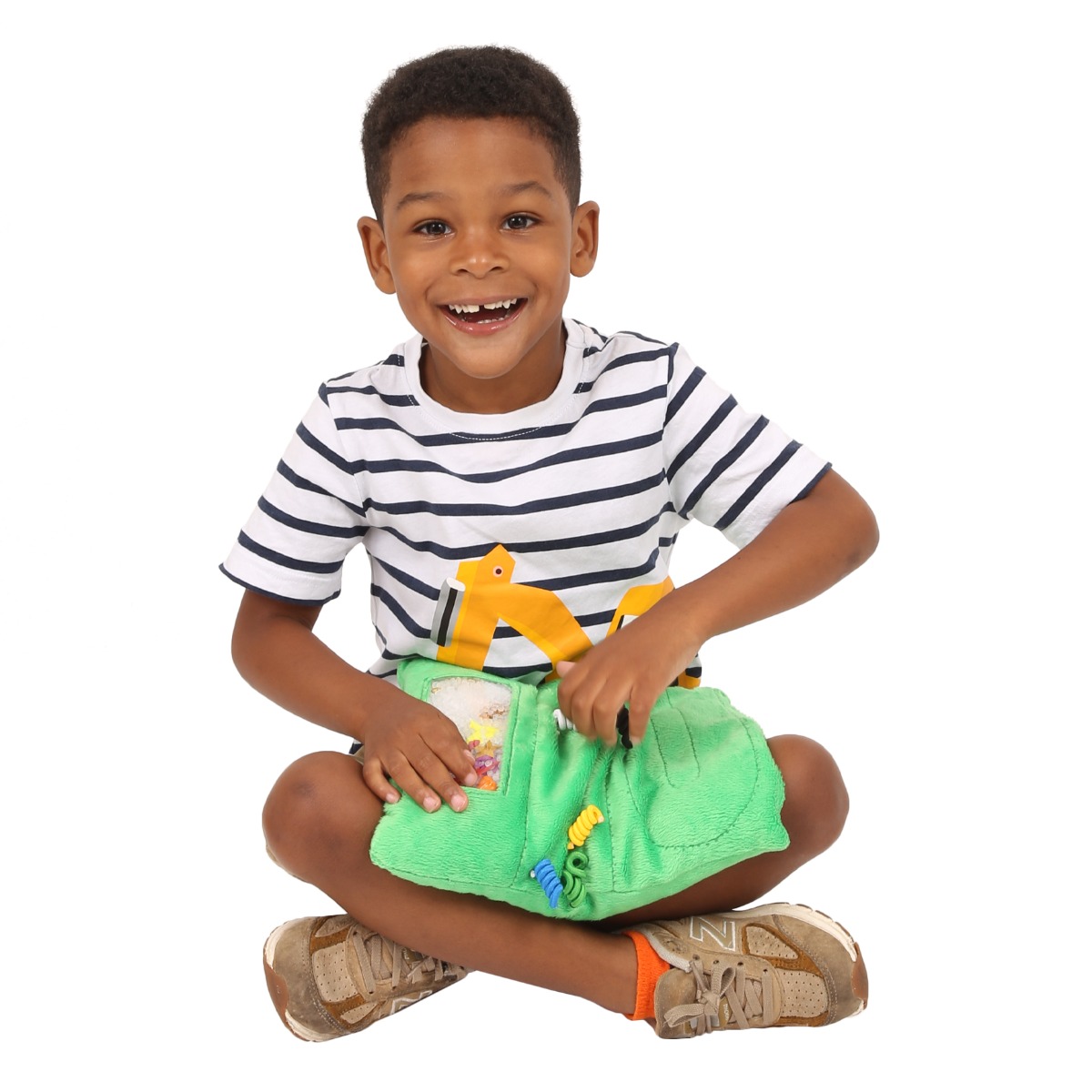
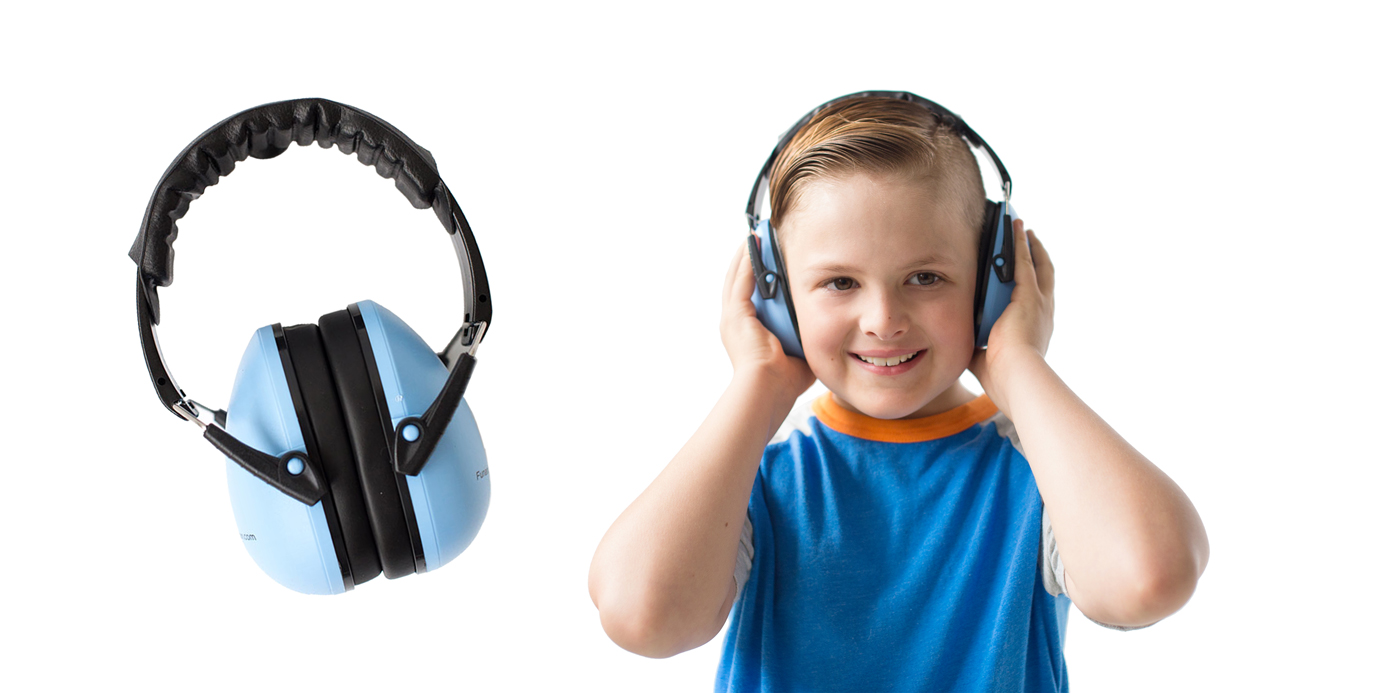
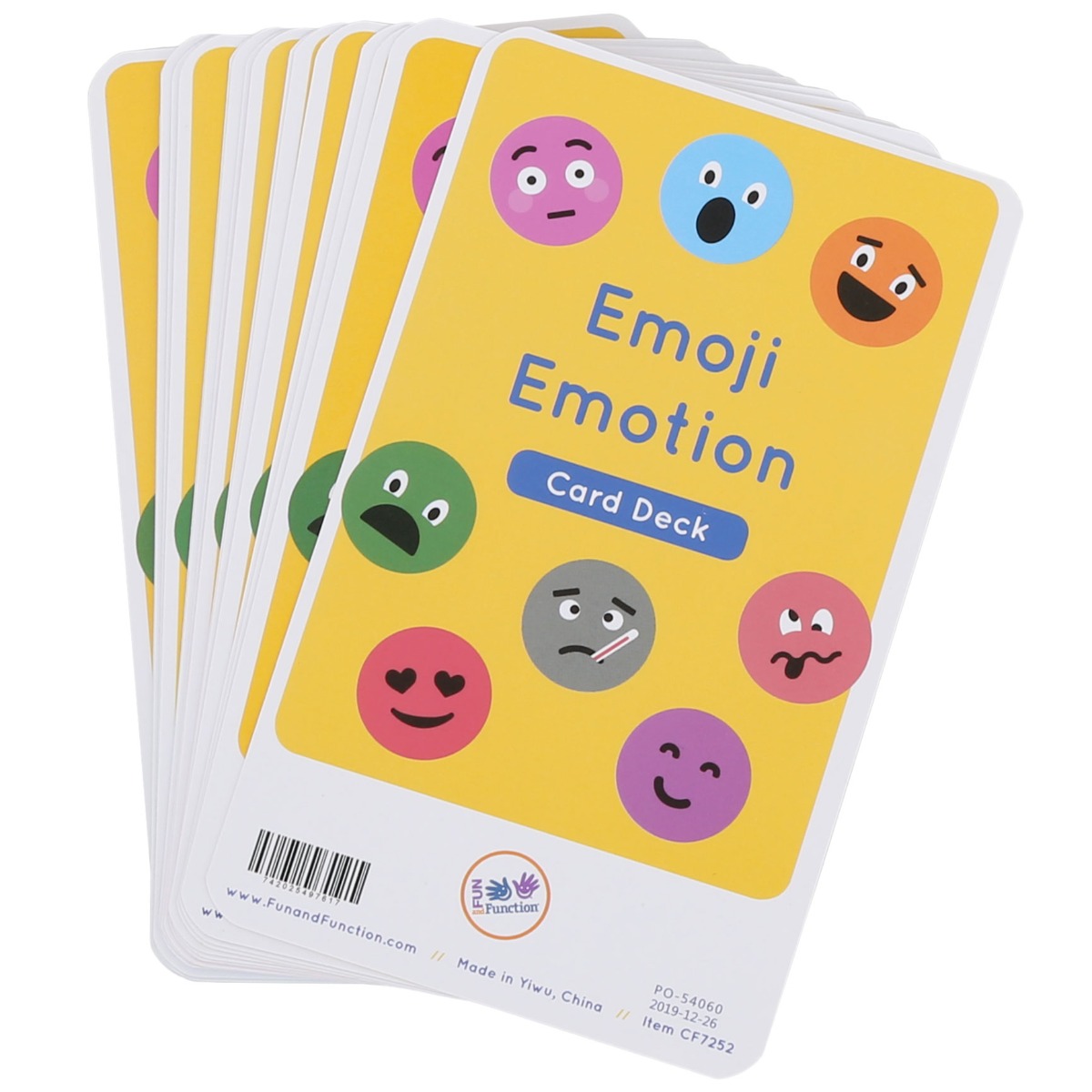
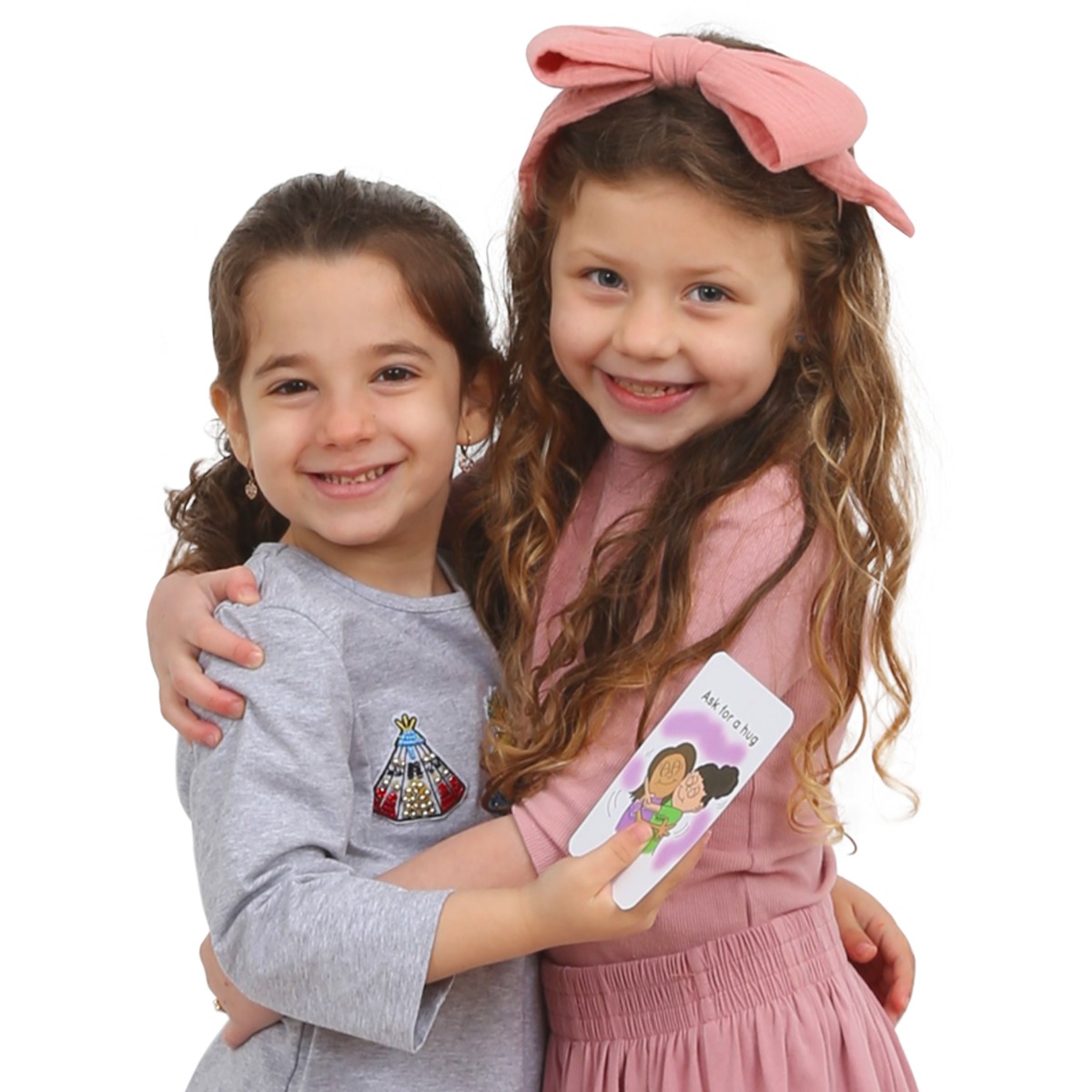
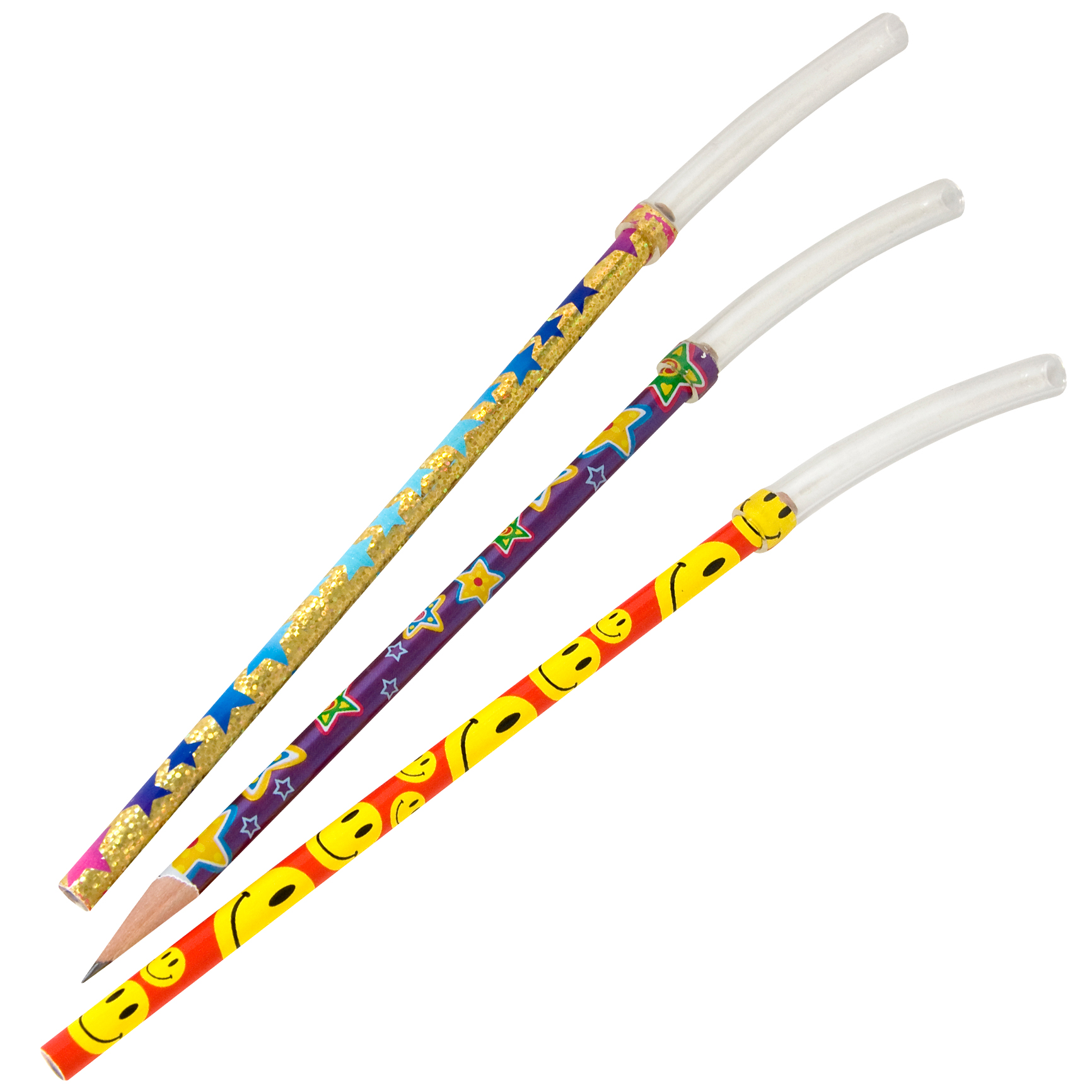
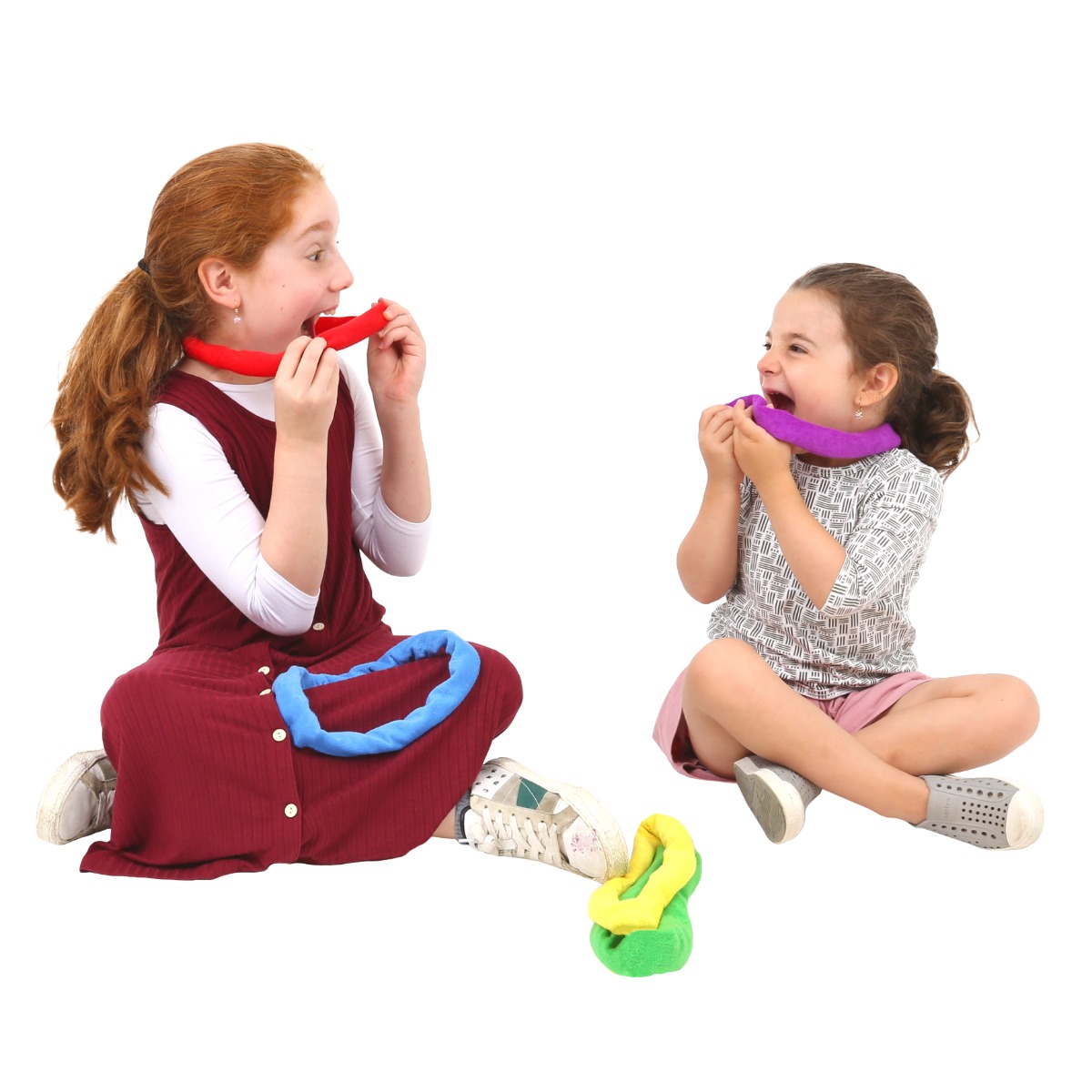
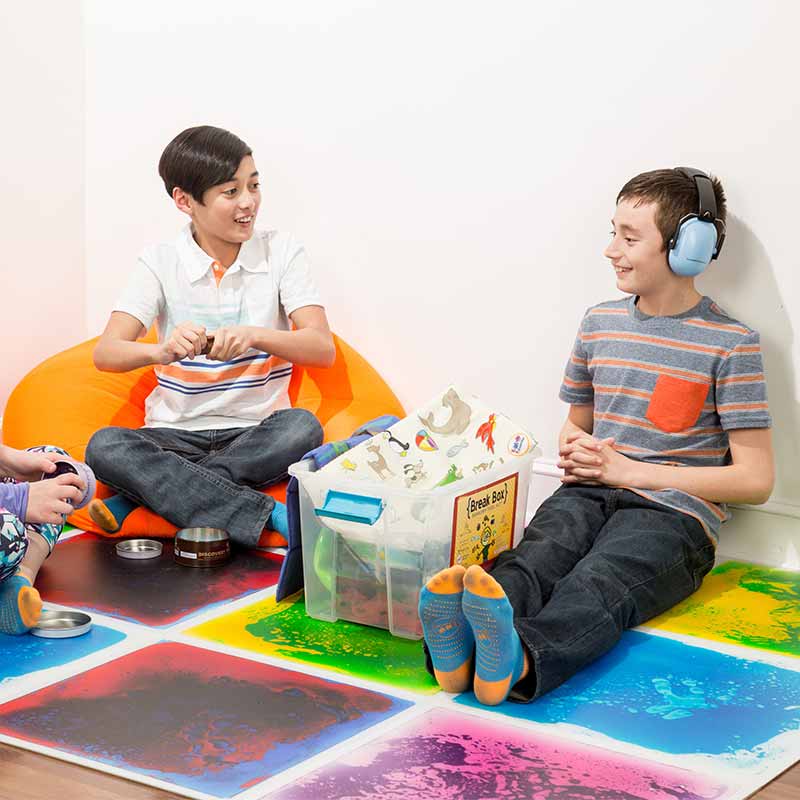
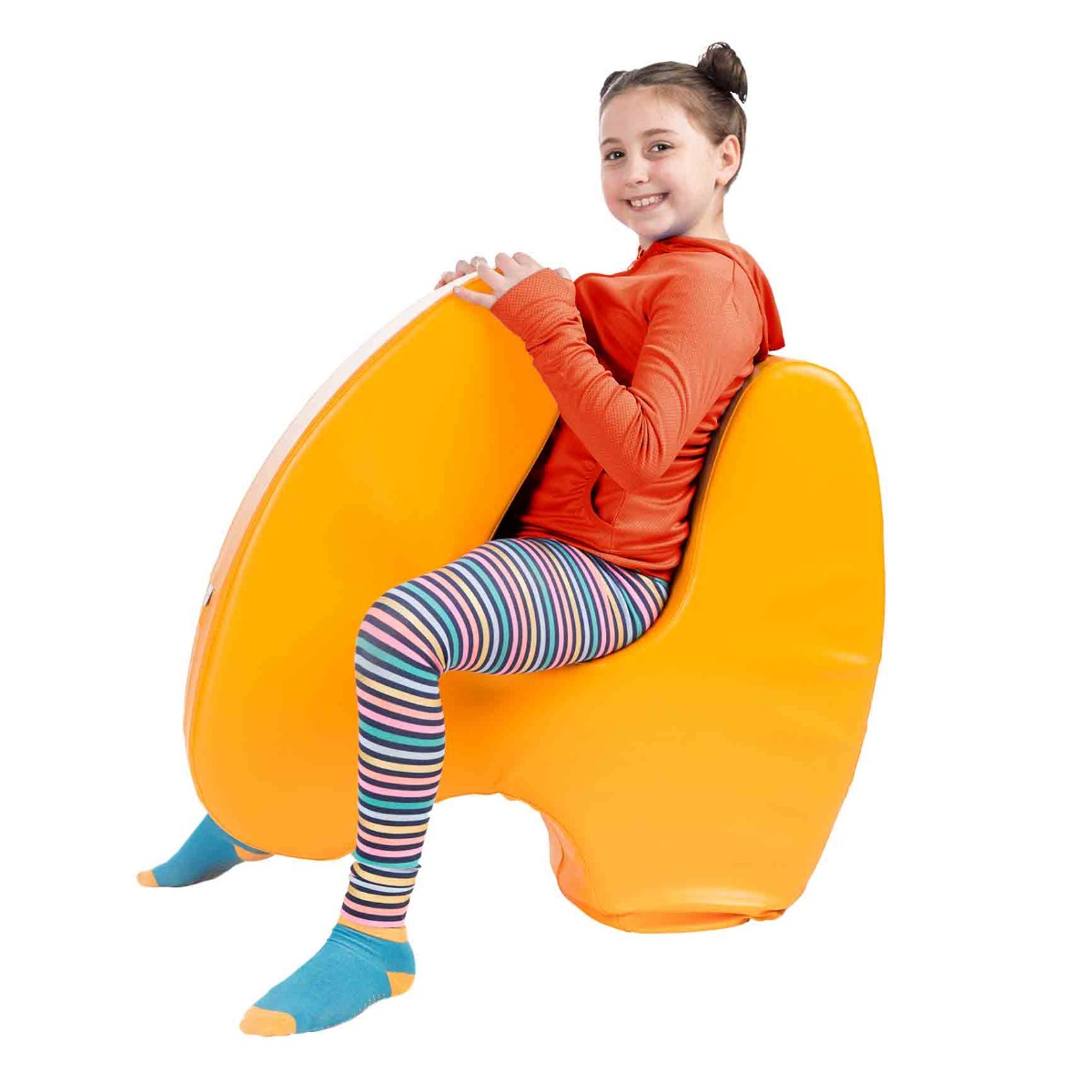





Comments